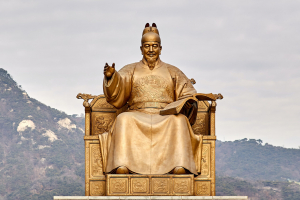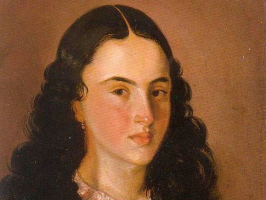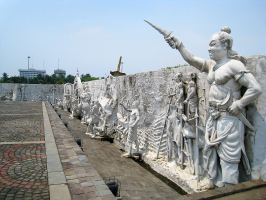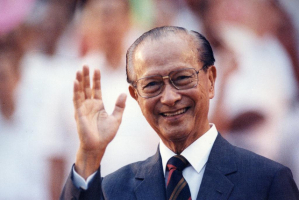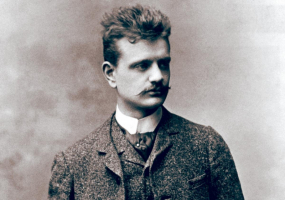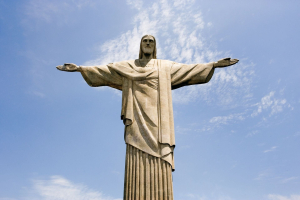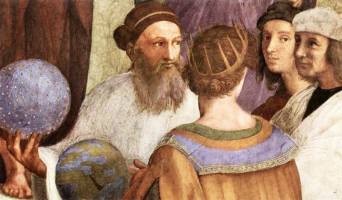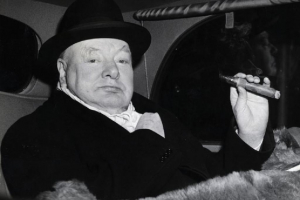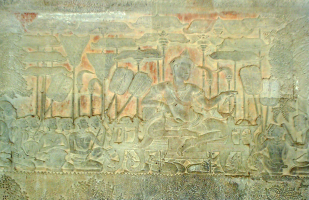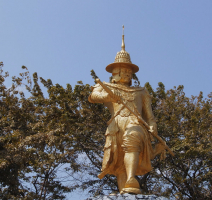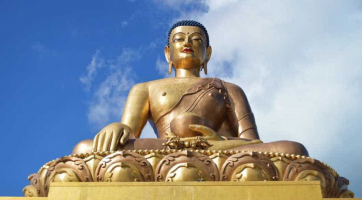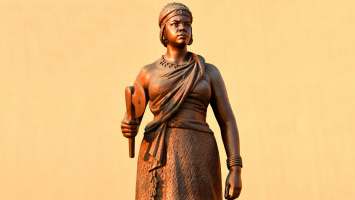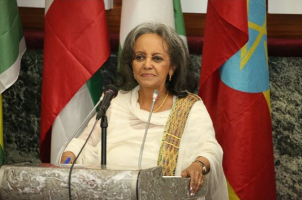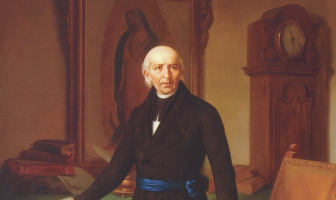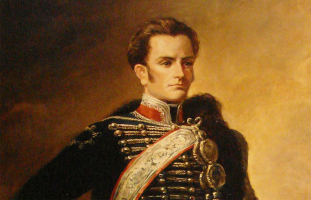Top 10 Most Important Historical Figures In Peru
Like every country, Peru’s history and culture have been shaped by a number of extraordinary individuals. They’ve set the course the country and its people ... read more...would take for generations to come. Though you may not have heard of these four Peruvian historical figures before, the impact each of them made can still be felt to this day
-
José Francisco de San Martín y Matorras (25 February 1778 - 17 August 1850), also known as the Liberator of Argentina, Chile, and Peru, was an Argentine general and the primary leader of the southern and central parts of South America's successful struggle for independence from the Spanish Empire who served as the Protector of Peru. He was born in Yapeyú, Corrientes, Argentina, and left the Viceroyalty of the Rio de la Plata at the age of seven to study in Málaga, Spain.
After participating in the Peninsular War against France in 1808, San Martín contacted South American independence supporters in London. In 1812, he sailed for Buenos Aires, where he offered his services to the United Provinces of the Rio de la Plata, which is now Argentina. Following the Battle of San Lorenzo and his command of the Army of the North in 1814, he devised a strategy to defeat the Spanish forces that threatened the United Provinces from the north by taking an alternate route to the Viceroyalty of Peru. This goal began with the formation of a new army, the Army of the Andes, in Argentina's Cuyo Province. From there, he led the Crossing of the Andes to Chile, where he triumphed at the Battles of Chacabuco and Maipú (1818), freeing Chile from royalist rule. Then he set sail for Lima, Peru, to attack the Spanish stronghold.
After seizing partial control of Lima on July 12, 1821, San Martín was appointed Protector of Peru, and Peruvian independence was declared on July 28. After a closed-door meeting with fellow libertador Simón Bolívar in Guayaquil, Ecuador, on July 26, 1822, Bolvar took over the task of fully liberating Peru. In 1824, San Martín unexpectedly left the country, resigned as commander of his army, and moved to France, excluding himself from politics and the military. Later historians would argue about the specifics of that meeting.
San Martín is regarded as an Argentine, Chilean, and Peruvian national hero, a great military commander, and one of the Liberators of Spanish South America. The Order of the Liberator General San Martín (Orden del Libertador General San Martín), created in his honor, is Argentina's highest decoration.
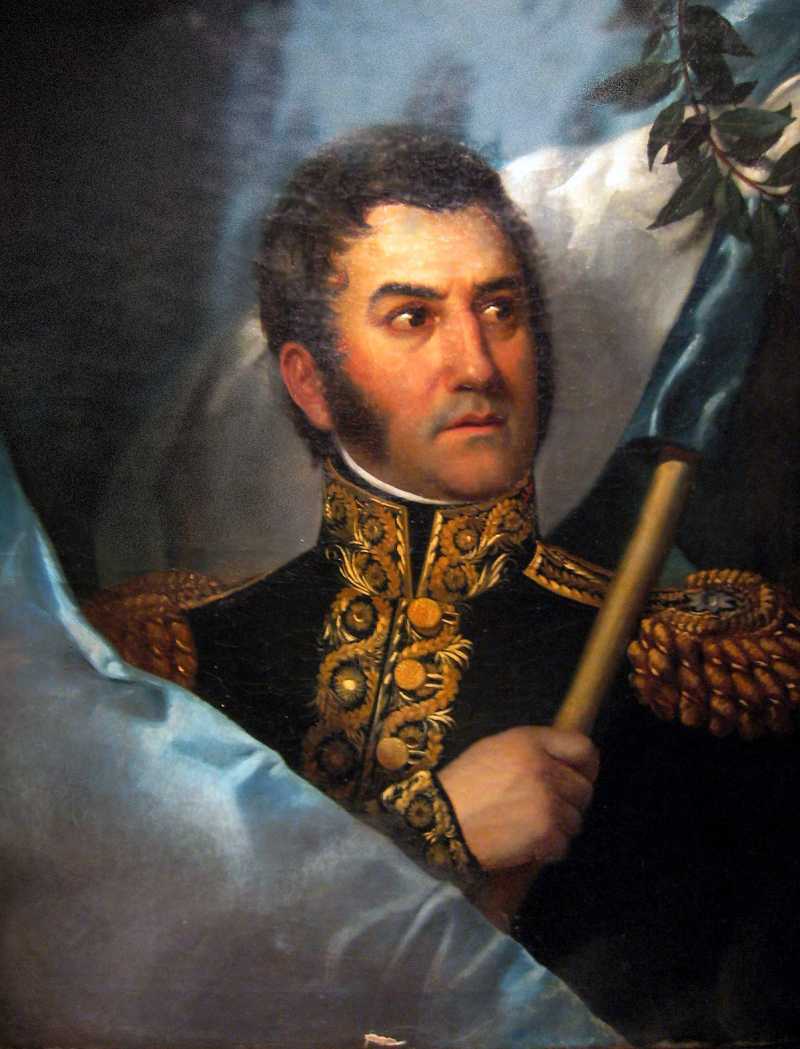
vi.wikipedia.org 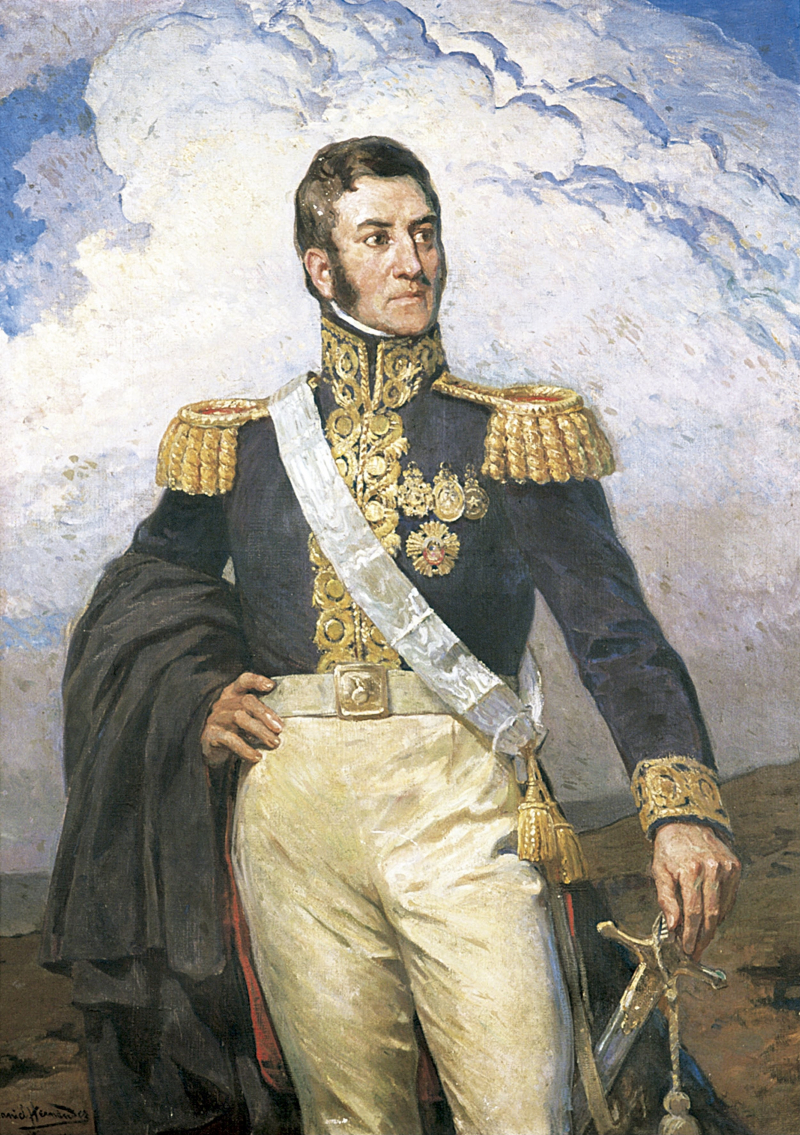
commons.wikimedia.org -
Ramón Castilla y Marquesado (31 August 1797 - 30 May 1867) was a Peruvian caudillo who served as Peruvian President three times, as well as Interim President of Peru (Revolution Self-proclaimed President) in 1863. His first notable appearance in Peruvian history was as a commanding officer in the army of the Libertadores, which helped Peru gain independence. Later, when the economy boomed due to the exploitation of guano deposits, he led the country. The governments of Castilla are remembered for abolishing slavery and modernizing the state.
He took over the presidency for the first time after General Domingo Nieto's death in 1844, then again in 1845 until 1851, again from 1855 to 1862, and finally for a brief period in 1863.
Castilla won the Peruvian presidential elections in 1845 and took office in April of that year. The guano export boom was rapidly expanding at the time, owing largely to treaties signed with the British company Antony Gibbs, which had commercialized guano in Europe. Important urban projects began during this time period as well, such as the first railroad from Lima to Callao, which aided in the transportation of guano from production centers to export destinations.
Castilla was deposed after six years in power by José Rufino Echenique. However, in 1854, Castilla led another rebellion in Peru's second-largest city, Arequipa, after being urged by other Peruvian liberals to aid in the abolition of slavery in the country.
On December 3, 1854, the city of Huancayo passed an abolition of slavery law. Castilla confronted and defeated Echenique in the Battle of La Palma on January 5, 1855, as this law was being enforced.
In 1859, Peru clashed with neighboring Ecuador over disputed territory along the Amazon River. Though Peru was considered successful, Castilla failed to secure a definitive agreement with Ecuador, and the issue would haunt both countries until the end of the twentieth century, when Peru and Ecuador signed the 1997 Peace and Border Treaty of Itamaraty in Brazil. During Castilla's presidency, a new constitution was enacted in December 1860, and it remained Peru's supreme law until 1920. Castilla's second presidency was thus marked by the liberation of slaves and indigenous Peruvians, as well as the establishment of a new postal system and a new constitution.
Miguel de San Román succeeded him in 1862, but died less than a year later. Castilla refused to recognize Pedro Diez Canseco, the Republic's Second Vice President and his brother-in-law, and claimed the presidency for himself. However, Juan Antonio Pezet succeeded Diez Canseco as interim president from April to August 1863. In 1864, he was President of the Senate .
Castilla condemned Pezet's international policies in 1864, only to be imprisoned and exiled to Gibraltar. During his absence, the historic Battle of Callao occurred, which became Spain's final and ultimately unsuccessful attempt to reclaim independent Peru.
He was deported to Chile again after returning to Peru, on the orders of then-President Mariano Ignacio Prado. Castilla, now nearly seventy, and a group of followers landed in Pisagua and proceeded towards the Tiviliche desert in a final attempt to reclaim power for the fifth time. This final attempt, however, proved fatal, and Castilla died on May 30, 1867, at Tiviliche, in his final attempt to pass through southern Peru.
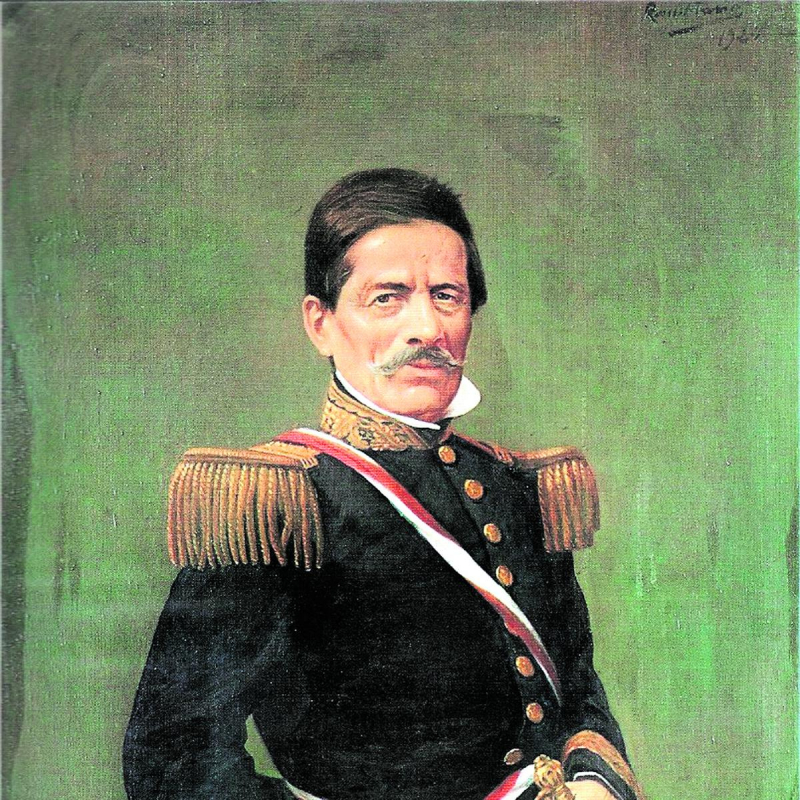
elcomercio.pe 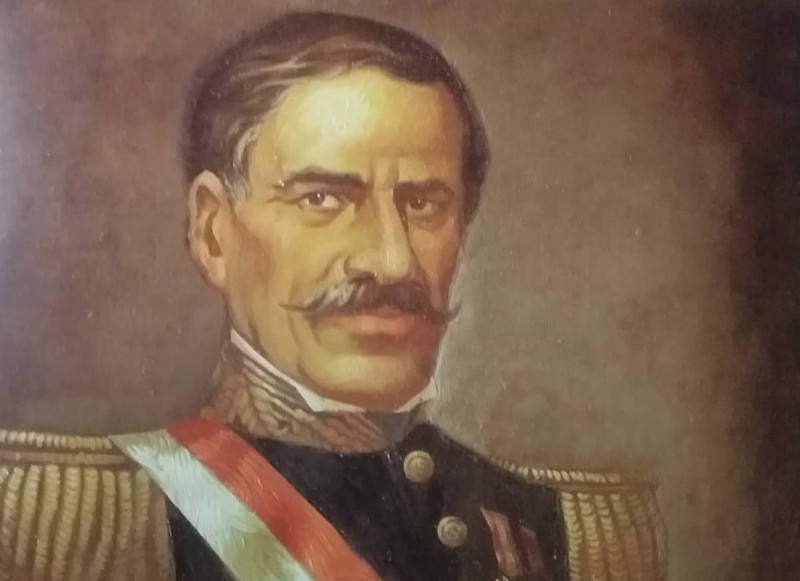
elregionalpiura.com.pe -
José Gabriel Condorcanqui (March 19, 1738 - May 18, 1781), also known as Túpac Amaru II, was an indigenous Cacique who led a large Andean rebellion against the Spanish in Peru. He later became a mythical figure in the Peruvian struggle for independence and indigenous rights movement, as well as an inspiration to a variety of causes in Spanish America and beyond.
Túpac Amaru II's fame grew to the point where indigenous rebels in the plains of Casanare in the New Granada region referred to him as "King of America."
Later movements invoked Túpac Amaru II's name to gain the support of indigenous peoples, including Felipe Velasco Túpac Amaru Inca or Felipe Velasco Túpac Inca Yupanqui, who wanted to rise up in Huarochirí (Lima) in 1783. The Túpac Amaru II's rebellion marked the start of the Peruvian War of Independence in Peruvian history.
This great rebellion had a strong influence on the Conspiracy of the Tres Antonios, which arrived in Chile on January 1, 1781, at the height of the insurgency. They were encouraged to act after hearing news of Túpac Amaru II's advances in the Viceroyalty of Peru.
General Juan Velasco Alvarado's (1968-1975) government in Peru welcomed the formalized effigy of Túpac Amaru II as a symbol of the Gobierno Revolucionario de la Fuerza Armada (Revolutionary Government of the Armed Forces) that he led, Peru's only government of leftist ideology in its history. He referred to him as a national hero. The symbol of Túpac Amaru II was carried by Peruvian education and official historiography in 1968, which was a novelty since independence. In his honor, one of the main rooms of the Government Palace was named after him. That room had previously been Francisco Pizarro's, but his portrait had been replaced by that of the indigenous rebel.
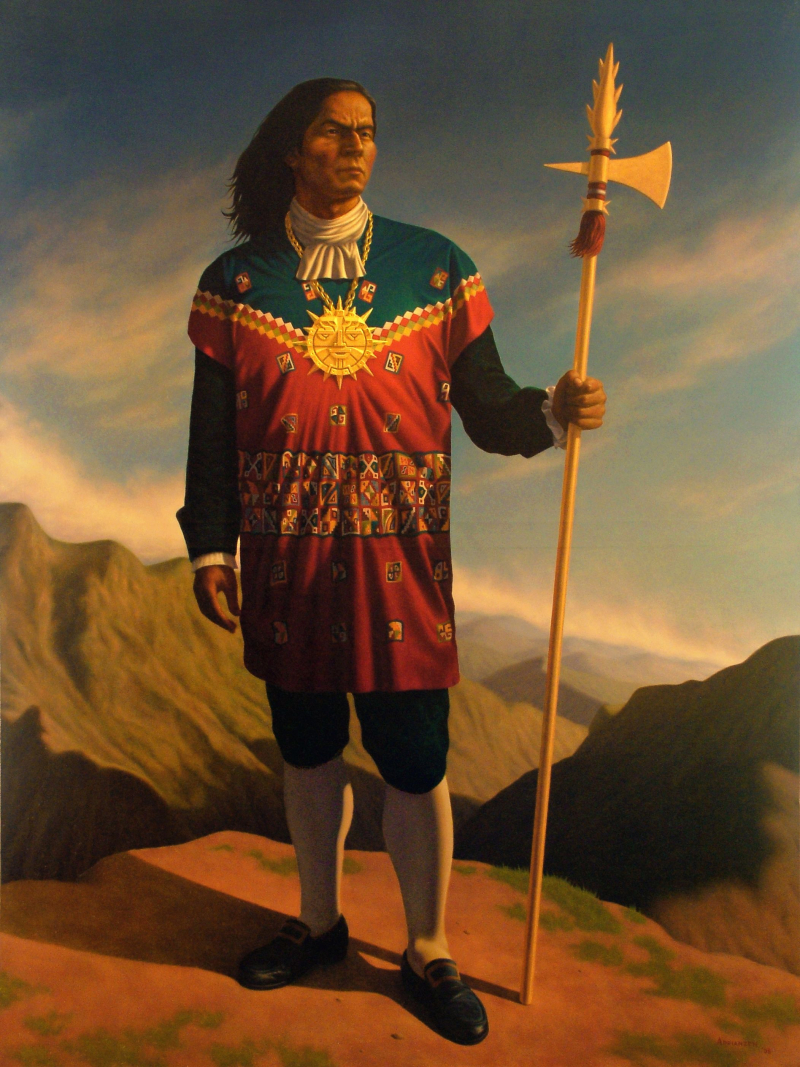
pinterest.com 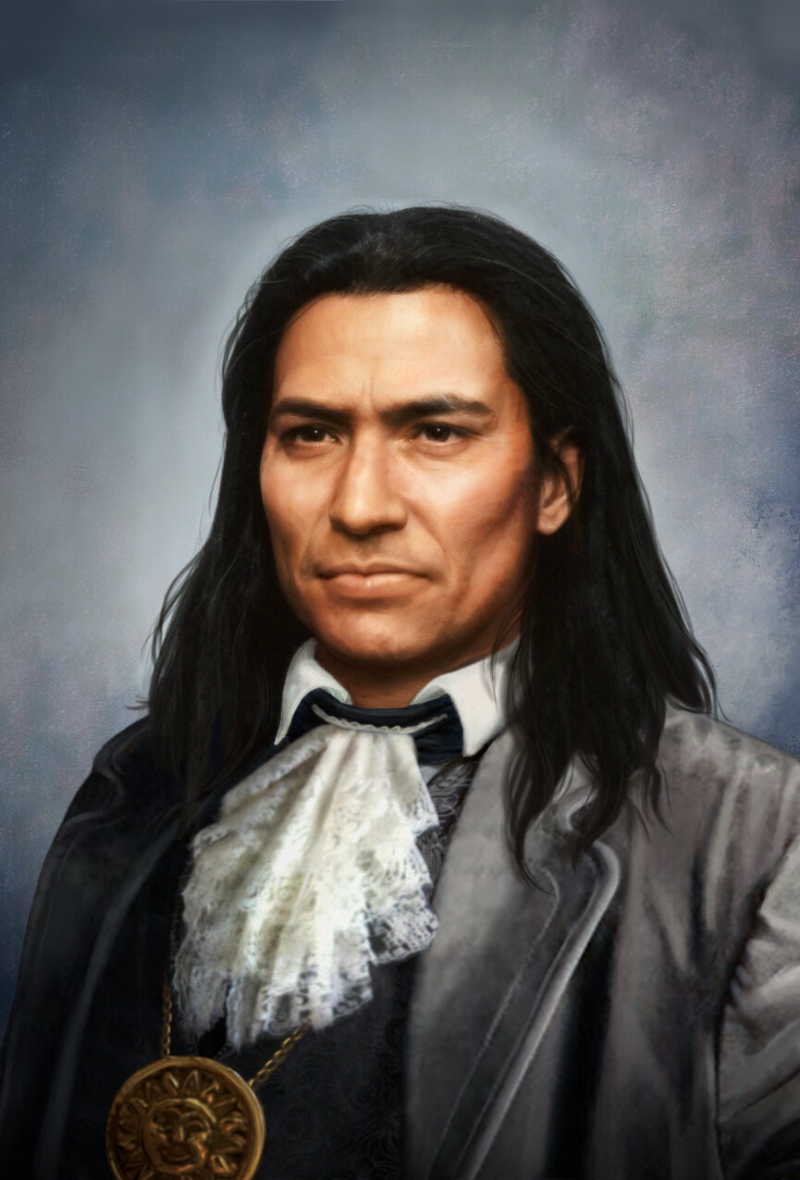
artstation.com -
Martín de Porres Velázquez OP (December 9, 1579 - November 3, 1639) was a Peruvian Dominican lay brother who was beatified in 1837 by Pope Gregory XVI and canonized in 1962 by Pope John XXIII. He is the patron saint of mixed-race people, barbers, innkeepers, public health workers, and all those seeking racial harmony. He is regarded as one of the most important historical figures in Peru.
He was known for his work on behalf of the poor, including the establishment of an orphanage and a children's hospital. He led an austere lifestyle that included fasting and avoiding meat. Levitation, bilocation, miraculous knowledge, instantaneous cures, and the ability to communicate with animals were among the many miracles attributed to him.
Martin's sometimes defiant attachment to the ideal of social justice resonated deeply in a church attempting to carry that ideal forward in today's modern world.
Martin is remembered today, among other things, by a school building that houses the Dominican University of Santo Tomas' medical, nursing, and rehabilitation science schools in the Philippines. He is also the titular saint of the parish of St. Martin de Porres in Poughkeepsie, New York, and some elementary schools, as well as the Las Casas Institute at Blackfriars Hall, University of Oxford. A number of Catholic churches bear his name. His name is also associated with the Dominican Southern Province in the United States.
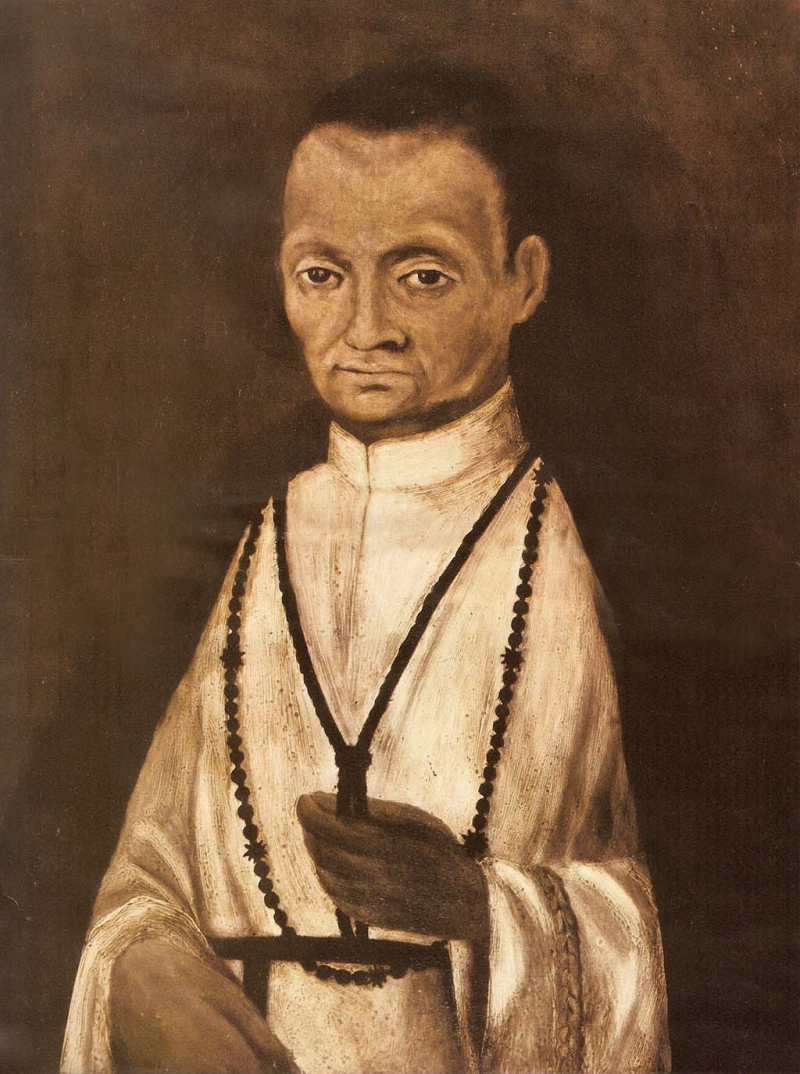
blackpast.org 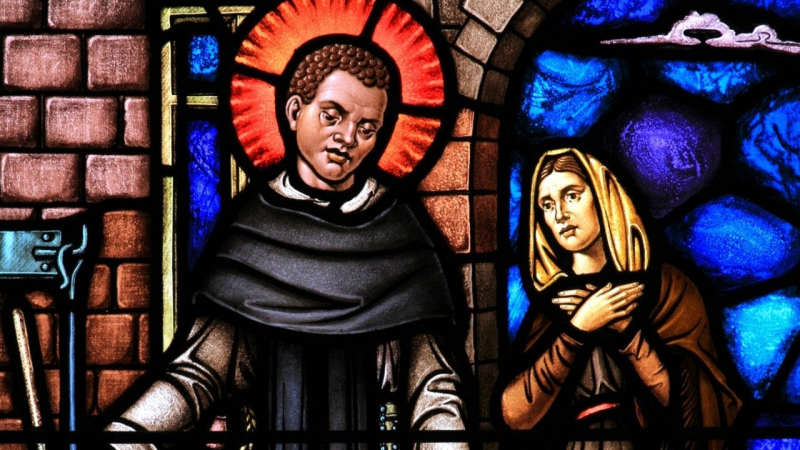
catholic.org -
Francisco Pizarro González (16 March 1478 - 26 June 1541) was a Spanish conquistador best known for his expeditions that led to the Spanish conquest of Peru.
Pizarro, who was born into a poor family in Trujillo, Spain, chose to seek fortune and adventure in the New World. He went to the Gulf of Urabá and accompanied Vasco Núñez de Balboa on his crossing of the Panama Isthmus, becoming the first Europeans to see the Pacific Ocean from the Americas. For a few years, he was mayor of newly founded Panama City, and he led two failed expeditions to Peru. Pizarro obtained permission from the Spanish crown to lead his third and successful expedition to conquer Peru in 1529.
When the locals on the coast resisted the invasion, Pizarro moved inland and established the first Spanish settlement in Peru, San Miguel de Piura. Pizarro captured the Incan emperor Atahualpa at the Battle of Cajamarca in November 1532 after a series of maneuvers. A ransom was demanded for the emperor's release, and Atahualpa filled a room with gold, but Pizarro charged him with multiple crimes and executed him in July 1533. Pizarro entered the Inca capital of Cuzco the same year, completing his conquest of Peru. He established the city of Lima in January 1535. Pizarro was eventually assassinated in 1541 as a result of political power struggles.
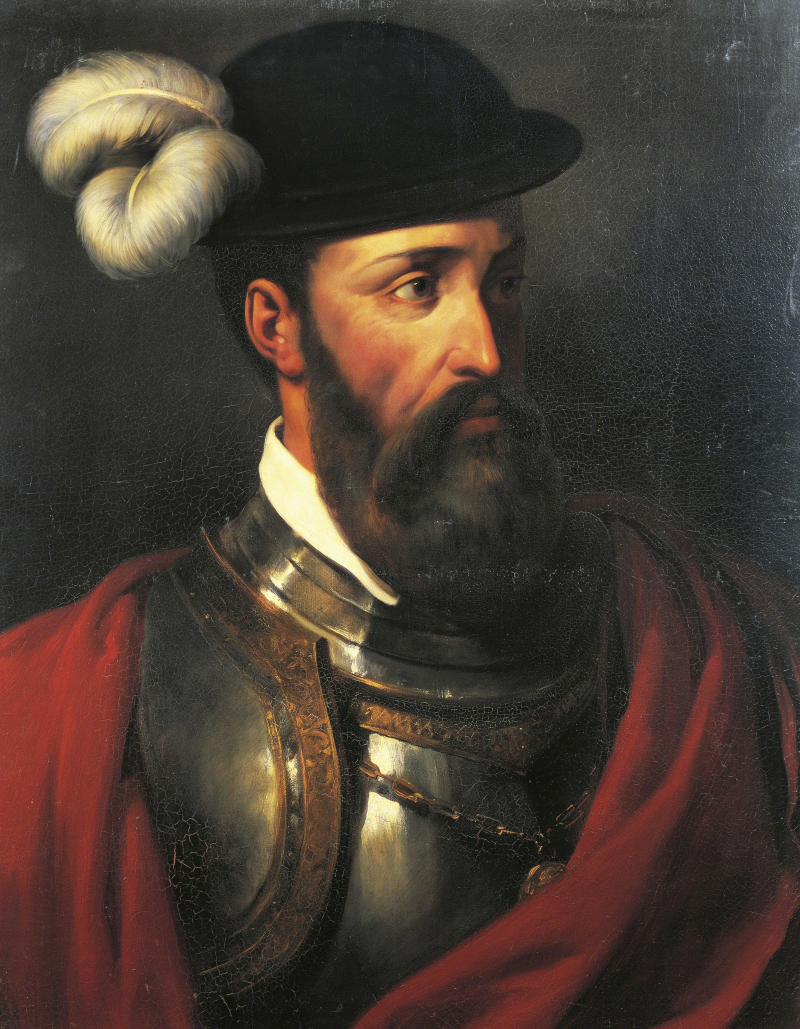
en.wikipedia.org 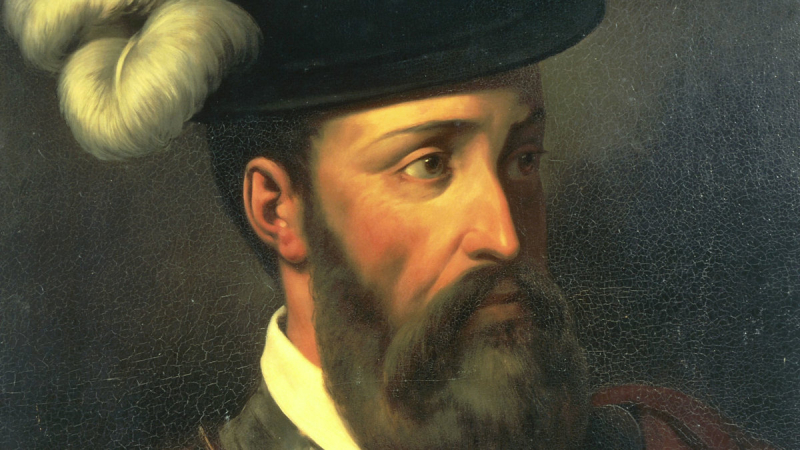
history.com -
Rose of Lima (born Isabel Flores de Oliva; 20 April 1586 - 24 August 1617) was a member of the Third Order of Saint Dominic in Lima, Peru, who became known for her life of severe penance and her private care of the city's poor. Rose of Lima was born into a noble family and is the patron saint of embroidery, gardening, and flower cultivation. Among the most important historical figures in Peru, she was the first person born in the Americas to be declared a saint by the Catholic Church. She was a lay member of the Dominican Order.
Rose of Lima is a co-patroness of the Philippines, along with Pudentiana; both saints were demoted to second-class patronage in September 1942 by Pope Pius XII, but Rose remains Peru's and Latin America's primary patroness. Her image appears on Peru's highest denomination banknote.
The Fiesta de Santa Rosa in Dixon, New Mexico, and the Sint Rosa Festival in Sittard, Limburg, Netherlands, both take place on the last weekend of August. On July 25, 2016, the Catholic king in exile, King Kigeli V of Rwanda, established a barony of Saint Rose of Lima in the Royal House of Rwanda. The largest parish dedicated to Saint Rose is located in Maywood, California.
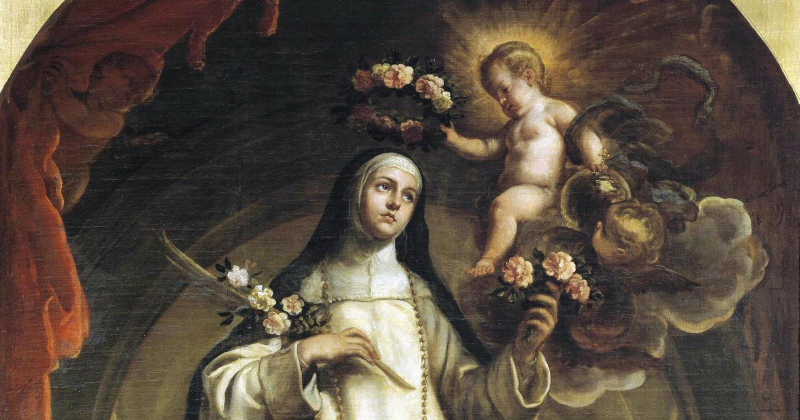
strose.edu 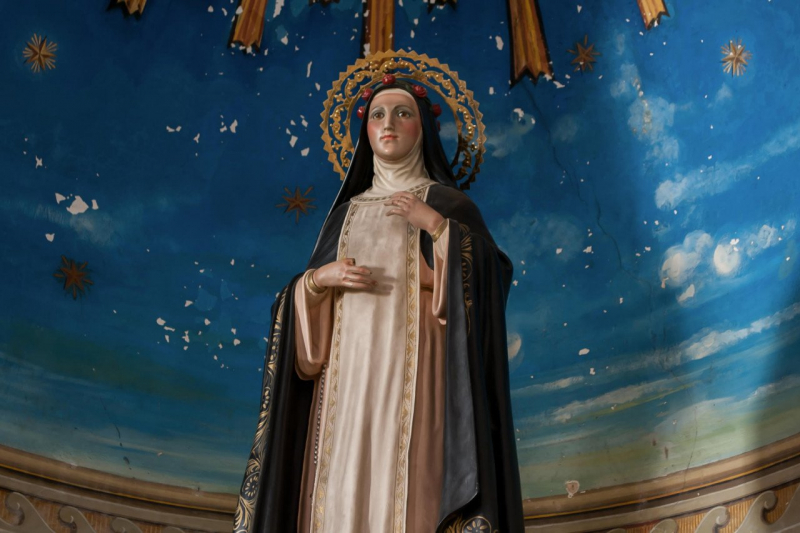
officeholidays.com -
José Fernando de Abascal y Sousa (June 3, 1743 - June 30, 1821) was a Spanish military officer and colonial administrator in America. During the Spanish American wars of independence, he was viceroy of Peru from August 20, 1806 to July 7, 1816.
He was taken prisoner by the British during his voyage from Spain and was unable to assume the position of viceroy in Lima until 1806. Abascal promoted educational reforms, reorganized the army, and put down local rebellions after taking office. During his presidency, the last cargo of black slaves in Peru was landed in 1806. An adult male slave sold for 600 pesos at the time.
When the revolution in Buenos Aires broke out on May 25, 1810, Abascal reoccupied the provinces of Córdoba, Potosí, La Paz and Charcas (in Alto Per, now Bolivia) and reincorporated them into the Viceroyalty of Peru. (These provinces were separated from Peru when the Viceroyalty of Rio de la Plata was established in 1776.) In the Battle of Huaqui, Alto Per, a royalist army defeated rebels.
He also reincorporated Chile and Quito (Ecuador) into the Peruvian Viceroyalty. (Quito had been in the Viceroyalty of New Granada since the colony's separation from Peru in 1739.)
Abascal was a devoted and tireless supporter of absolute monarchy; however, he sent money and supplies to the Cortes of Cadiz in their fight against Napoleon. As a result of the Cortes' reforms, the Lima Inquisition was temporarily abolished during his administration. Due to the distance between Peru and Spain, as well as wars in Spain and the Americas, he governed almost independently of his mother country. He fought hard to suppress the independence movements in Spanish America, transforming Peru into a royalist reactionary hotspot. Abascal fought to prevent the liberal Spanish Constitution of 1812 from being implemented in Peru after its proclamation in Spain. This sparked revolts in Cusco, Tacna, and Arequipa, all of which were put down.
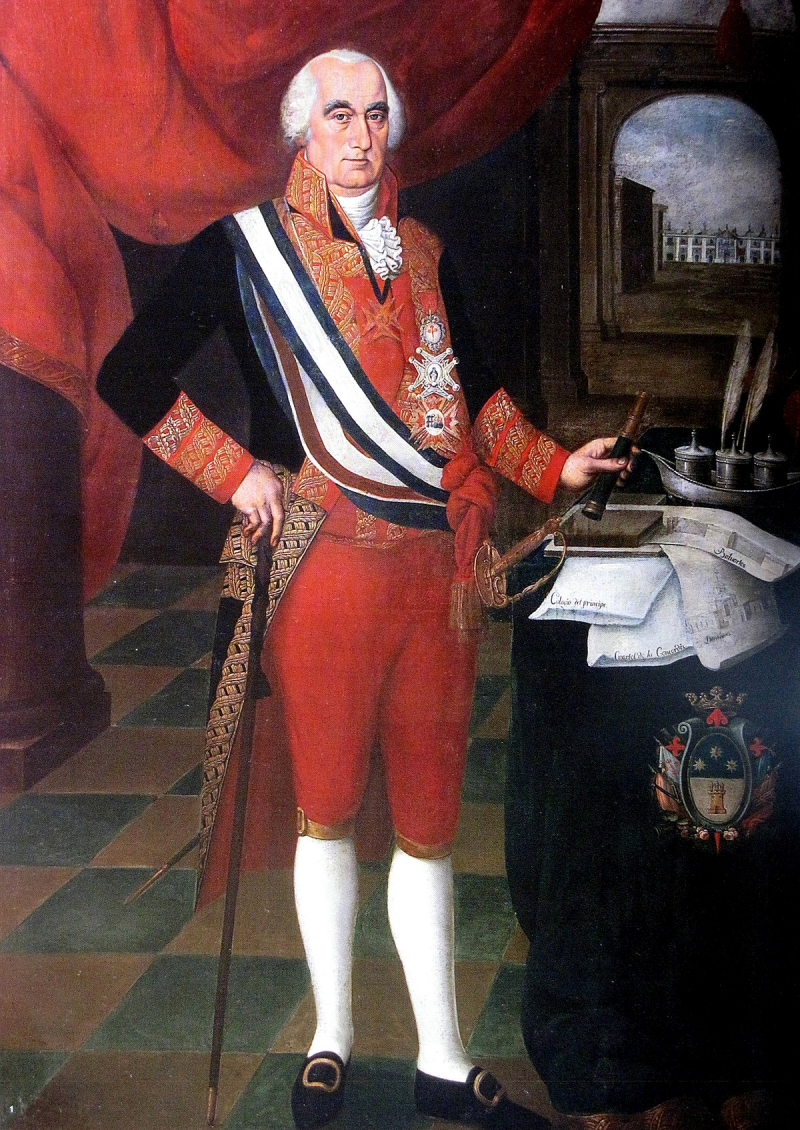
en.wikipedia.org 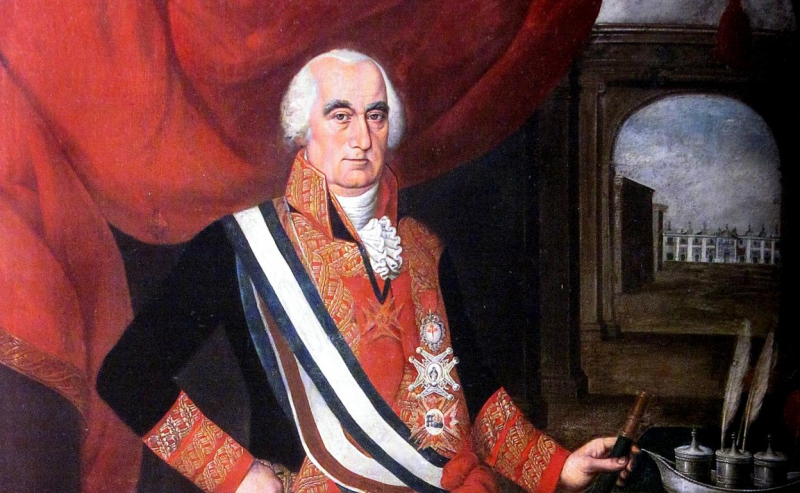
eldiariomontanes.es -
Raúl Porras Barrenechea was a Peruvian diplomat, historian, and politician who died on September 27, 1960. He was Senate President in 1957 and Minister of Foreign Affairs from 1958 to 1960. Porras, a well-known figure of the San Marcos student movement in the early twentieth century, went on to become one of the most prominent hispanist historians of his generation and a leading figure in Peruvian diplomacy. He is also among the most important historical figures in Peru.
He was appointed personal secretary to the Minister of Foreign Affairs in 1919. In 1922, he was appointed Ministry Librarian, and in 1924, he was appointed Adviser to the Peruvian Delegation in the Plebiscitary Commission for the Tacna-Arica Affair. In 1926, he was appointed Chief of the Archive of Limits, the Ministry's cartographic department, and Representative to the Panama Congress Centenary.
Porras, who was already a respected academic and published author, accepted a tenure position at San Marcos in 1928. He later taught Spanish literature, Peruvian history, and diplomatic history. He also began teaching at the Catholic University of Lima in 1933. During this time, he published a number of historical biographies and studies on the colonial period.
He relocated to Europe in 1934. He conducted research in Spain at the General Archive of the Indies, the National Historical Archive, and the Royal Palace of Madrid Library. Porras was appointed Counsellor of the Peruvian Legation in Madrid the following year, and in 1936, he was appointed Representative to the League of Nations in Geneva, a position he held until 1938. Before returning to his homeland in 1940, he edited some of César Vallejo's works in Paris and continued his research in the Spanish archives.
Porras was appointed Adviser to the Ministry and Chief of the Press Office in 1941. In 1942 and 1944, he was promoted to the ranks of Minister Plenipotentiary and Ambassador, respectively. In 1944, he was admitted to the Hispanic Society of America, and in 1945, he was awarded the National Prize in History. He was appointed Ambassador to Spain in 1948. Upon his return in 1950, he was appointed Director of the San Marcos Institute of History and elected President of the Peruvian Institute of Hispanic Culture.
He was elected Senator in 1956 and Vice President of his chamber the following year. Due to the sudden death of José Gálvez in 1957, he became President of the Senate for six months. President Manuel Prado appointed him Minister of Foreign Affairs the following year. He carried out his responsibilities as Minister with some interruptions due to his illness. Porras, on the other hand, attended the 13th United Nations General Assembly in 1958, the 14th General Assembly in 1959, and accompanied President Prado on state visits to France, Italy, and Germany in 1960. He delivered his historic speech against the new US intervention in Cuba in August of this year at the 8th Conference of American Ministers of Foreign Relations in Costa Rica.
Porras resigned on September 12, 1960, due to serious illness, and died fifteen days later on September 27, 1960.
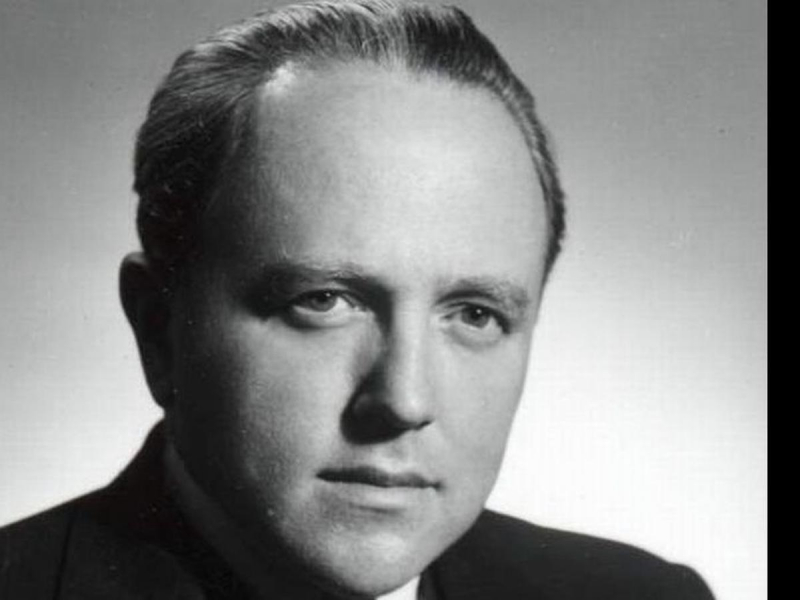
elcomercio.pe 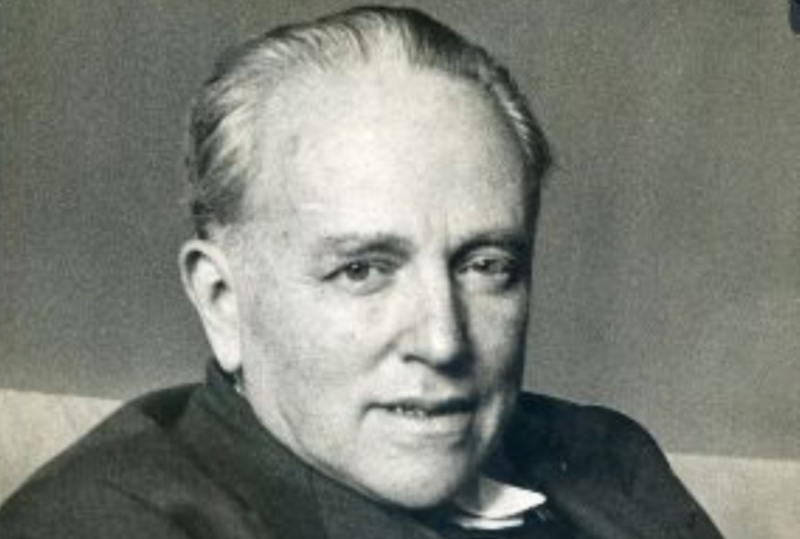
andina.pe -
Jorge Alfredo Basadre Grohmann (February 12, 1903 - June 29, 1980) was a Peruvian historian known for his numerous publications on his country's independent history. He was Minister of Education in two different administrations and Director of the Peruvian National Library.
Basadre was a prolific writer, and his numerous works on Peruvian history in the nineteenth and twentieth centuries remain a standard for historians interested in this time period. His publications include lots of outstanding writing, however, "Historia de la República del Perú" (History of the Republic of Peru), first published as a single volume in 1939, is his most important work. With each new edition, it grew in size until it reached sixteen volumes in the sixth edition in 1968. By that time, it had meticulously covered Peruvian history from the country's independence in 1821 until the death of President Luis Miguel Sánchez Cerro in 1933. Basadre supplemented his History of the Republic with the 1971 publication of Introducción a las bases documentales para la Historia de la Repblica del Per, a comprehensive review of primary sources on Peruvian republican history.
Jorge Basadre died on June 29, 1980, at the age of 77, in Lima, Peru. Jorge Basadre Grohmann National University in Tacna is named after him. His portrait has appeared on the S/ since 1991, when the nuevo sol became Peru's official currency 100 banknote. In his honor, a province was established in Tacna in 2008.
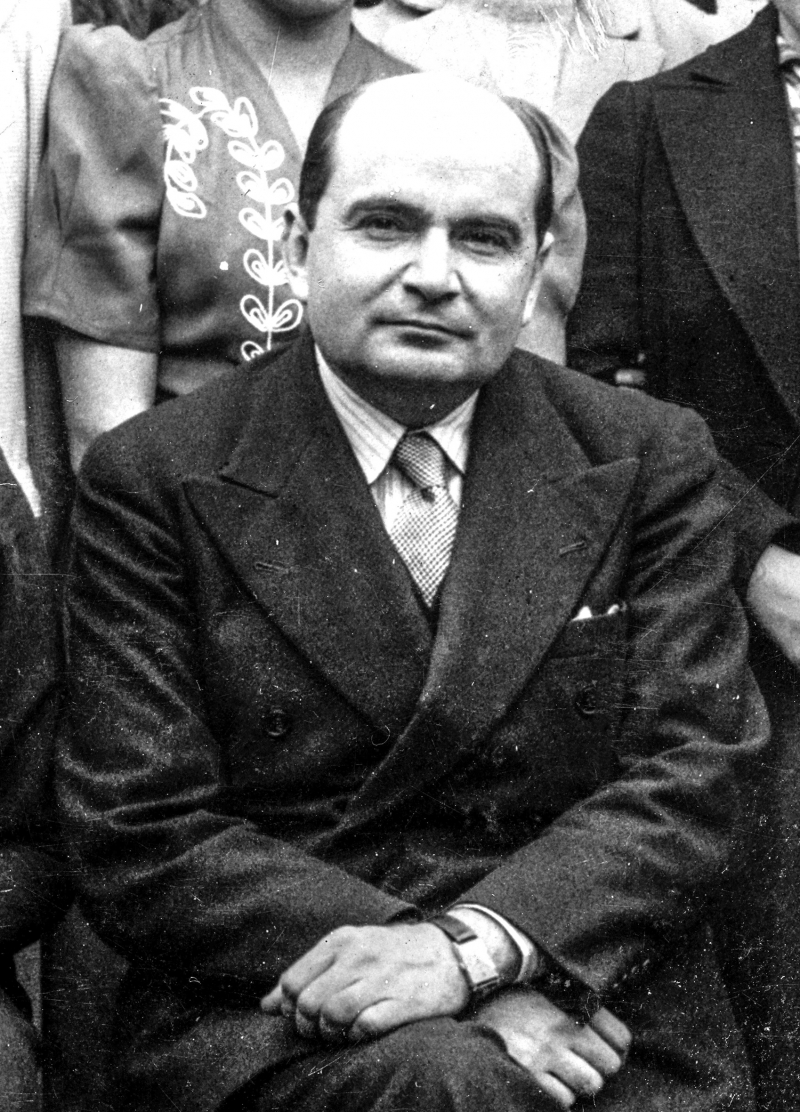
bnp.gob.pe 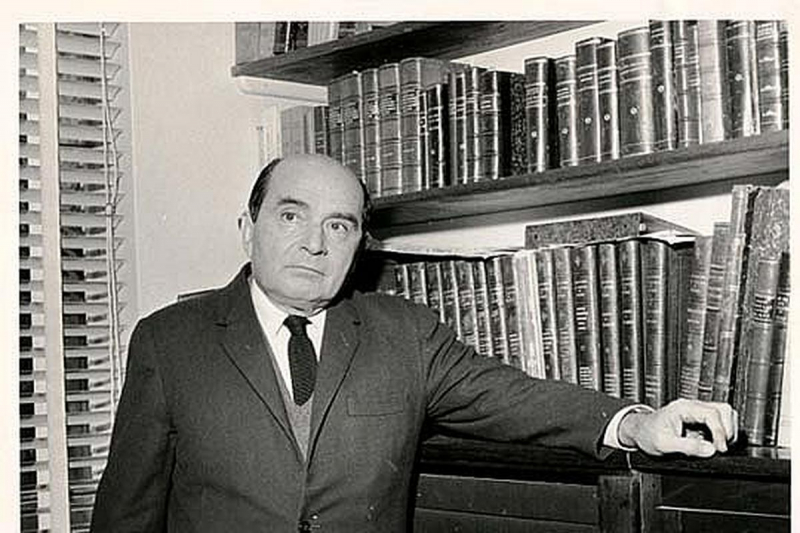
elcomercio.pe -
José Abelardo Quiñones Gonzáles (April 22, 1914 - July 23, 1941) was a Peruvian military aviator who was posthumously honored as a national hero for his actions during the 1941 Ecuadorian-Peruvian War and one of the most important historical figures in Peru.
Lieutenant Quiñones was a fighter pilot with the Peruvian Air Force's 41st Escuadrilla (Squadron) and was part of a section that carried out a low-level strafing/bombing attack on Ecuadorian forces at Quebrada Seca on July 23, 1941. During the raid, Quiñones' aircraft, a North American NA-50 "TORITO" (North American P-64) nicknamed Pantera, was killed by ground fire from an Ecuadorian anti-aircraft artillery battery.
According to Peruvian accounts, Quiñones chose to make the ultimate sacrifice by crashing his damaged aircraft onto the Ecuadorian position, rendering the battery inoperable. This version of events has since been called into question by Ecuadorian military officials, who claim there were no anti-aircraft guns in the area.
Following his death, Quiñones was promoted to the rank of Air Force Captain, and he was declared a national hero by law on May 10, 1966. The FAP Captain José Abelardo Quiñones González International Airport near his birthplace of Chiclayo is named in his honor. Gonzales appeared on the 10 sol banknote when Peru's new currency was introduced in 1991. He was also the subject of the 500 soles de oro banknote issued in 1976
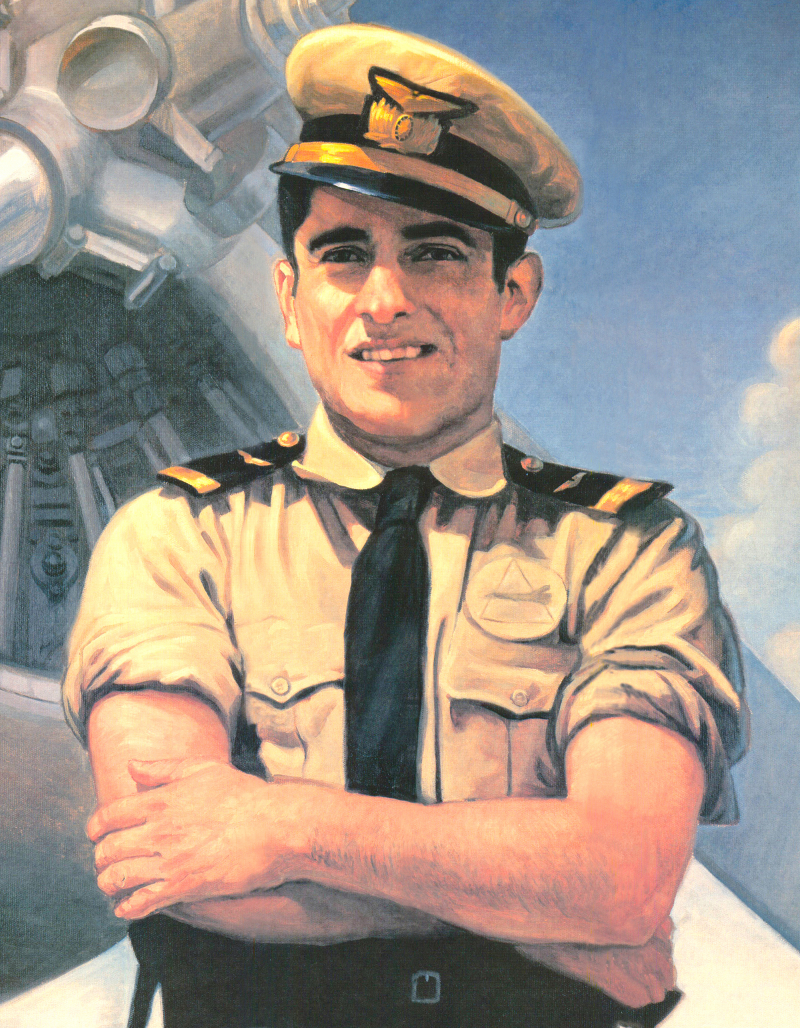
fap.mil.pe 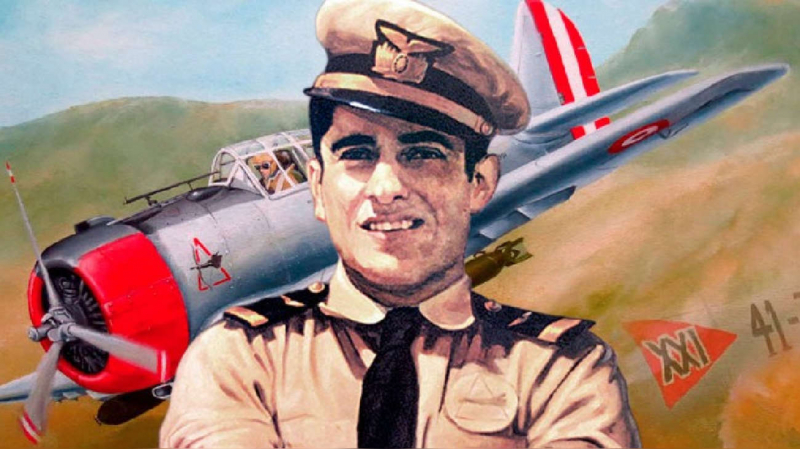
rpp.pe














